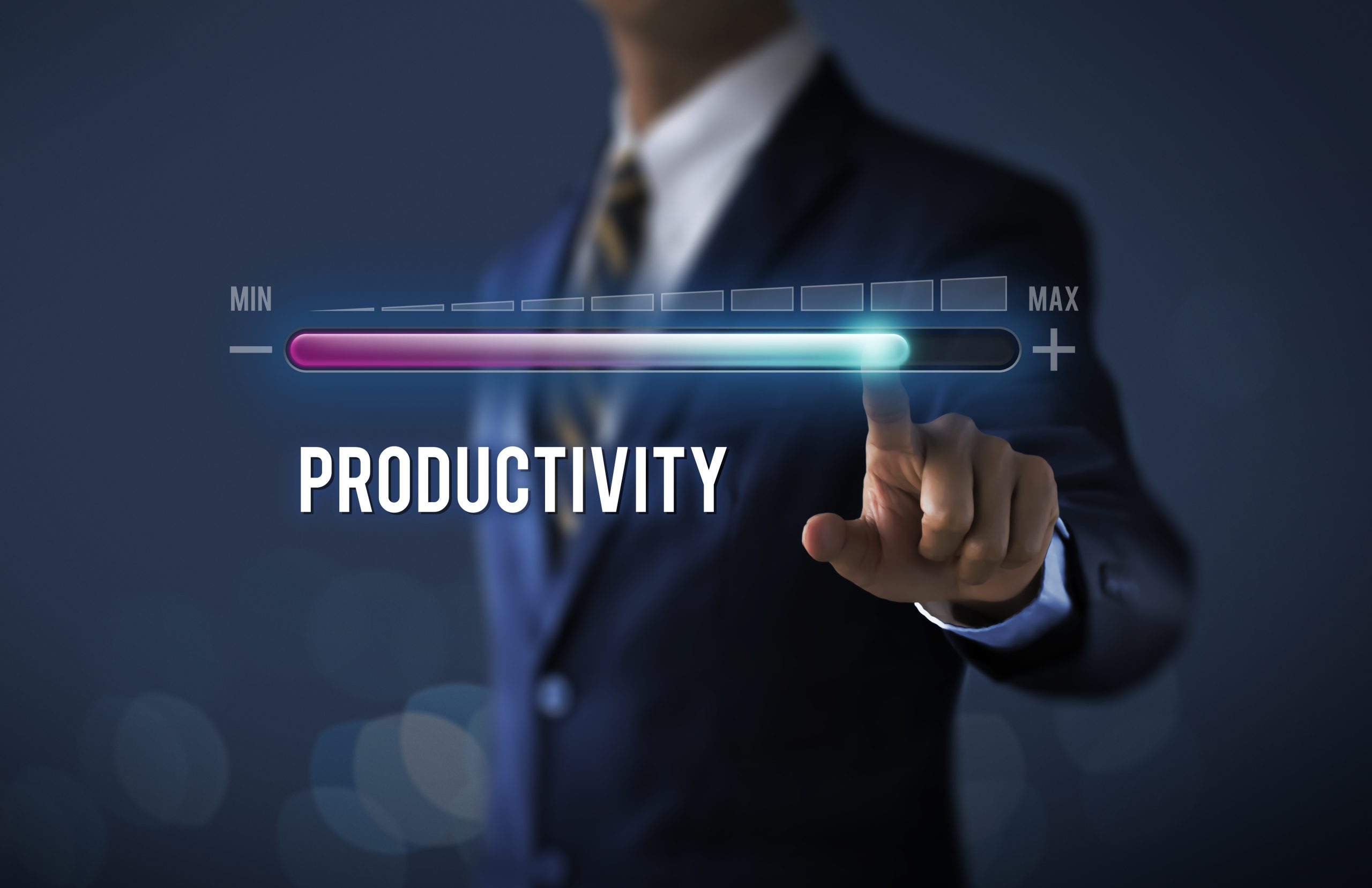The concept of productivity corresponds to the relationship between the production of goods and the resources (human, material, financial, and organizational) required for its realization. It represents a fundamental objective for any participant in the industrial sector.
Achieving maximum productivity is a constant pursuit for all industrial companies, regardless of their activity or the type of goods they produce. Continuous improvement plays a vital role in this endeavor, as it strives for optimal efficiency, practicality, process flexibility, and perfection. The key focus areas involve eliminating inefficiencies and fostering a culture of managerial evolution.
The essence of continuous improvement in the industry, often exemplified by Lean Management, revolves around eliminating anything that directly or indirectly hampers production, flow, and performance. An entire organizational structure is established to identify and address undesirable factors, obstacles, and constraints that hinder productivity. This approach, inspired by the Toyota Production System and referred to as “Muda, Muri, Mura,” targets wasteful transactions, excesses, and variability, aiming for smooth and efficient production, free from waste, defects, unplanned interruptions, and unnecessary actions. This approach also facilitates optimal automation and standardization.
Pursuing performance improvement is a pervasive element in any continuous improvement strategy within the industry. It encompasses enhancing productivity, quality, time, and cost, progressively enhancing overall value for the customer.
Various techniques and tools can be employed to enhance problem-solving capabilities and responsiveness when issues arise, including the 5S method, Value Stream Mapping (VSM) for analyzing the value chain and production flow, and Key Performance Indicators (KPIs).
To ensure the success of the continuous improvement process and prioritize productivity effectively, a shift in managerial culture is required. This entails adapting management styles, mentorship approaches, and engaging the entire workforce, from practitioners to facilitators and supervisors.
Promoting a completely different managerial culture is essential, emphasizing employee skill development, increased involvement, and sustained motivation to improve problem-solving abilities.
The leader must personally demonstrate commitment and set an example, ensuring that the staff fully understands the critical role of the continuous improvement culture within the organization. Additionally, the leader must provide employees with the necessary resources, such as materials and sources of motivation, to enhance their efficiency.
Furthermore, the leader should exhibit openness to suggestions and initiatives from the team, making it more likely for employees to actively participate in the continuous improvement process.

